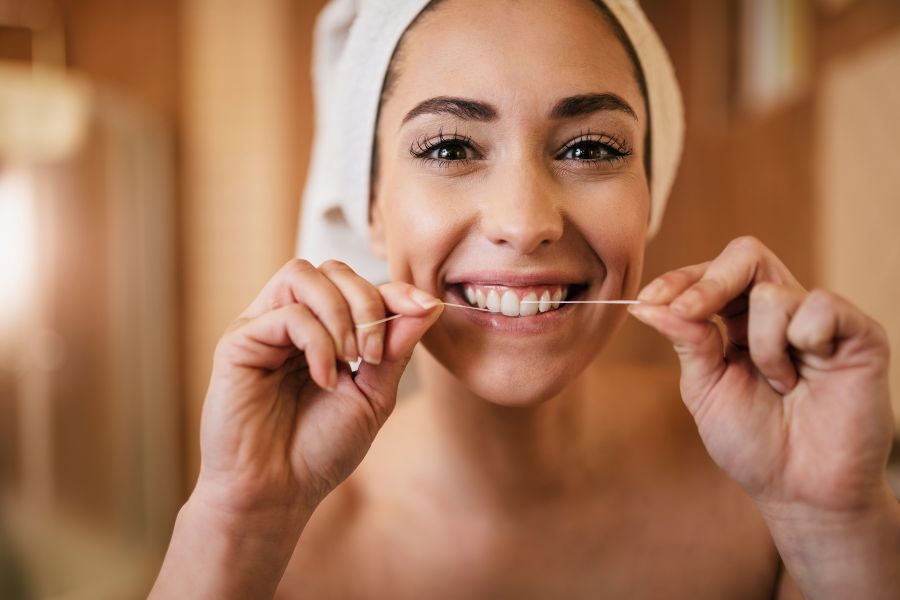Flossing with braces is an essential part of maintaining good oral hygiene during your teeth straightening journey. It helps to remove food particles, plaque, and bacteria that can accumulate around your braces, reducing the risk of gum disease and cavities. In this comprehensive guide, we will explore various flossing options and techniques, helping you keep your smile healthy and bright.
Standard Floss
Traditional floss is widely available and affordable, making it a popular choice for many people. It’s flexible and can easily be threaded through the tight spaces between your teeth and braces. However, using standard floss with braces can be time-consuming and requires a bit of skill to master.
Floss Threaders
Floss threaders are specifically designed for use with braces. They consist of a thin, flexible loop that allows you to thread the floss through tight spaces between your brackets and wires easily. While they may be more expensive than standard floss, their ease of use and effectiveness make them a popular choice for braces wearers.
Interdental Brushes
Traditional Metal Braces
- Start by gently inserting the floss at the gum line between the teeth and the archwire.
- Use a floss threader or interdental brush to make accessing these tight spaces easier.
- Gently move the floss back and forth between the teeth to remove plaque and food debris.
Clear Aligners
- Before flossing, remove your clear aligners.
- Floss your teeth as usual, paying extra attention to areas where aligners may trap food particles.
- Rinse your aligners thoroughly before reinserting them.
Lingual Braces
- Since lingual braces are located on the back of your teeth, use a floss threader or interdental brush to navigate the brackets more easily.
- Be gentle and patient while flossing to avoid damaging the braces.
Many people worry that flossing with braces will be painful or uncomfortable. However, with proper technique and patience, flossing should not hurt. It’s essential to be gentle while flossing, particularly during the first few days after getting your braces or after adjustments, as your teeth and gums may be more sensitive during this time. If you experience pain or discomfort while flossing, try using a waxed floss, which is less likely to snag on your braces, or consider using an interdental brush or a water flosser as an alternative.
- Choose the right flossing tool for your braces type and personal preference.
- Floss at least once a day, preferably at night.
- Be gentle and patient while flossing, particularly in tight spaces or around sensitive areas.
- Use a mirror to help you see what you’re doing and ensure you’re reaching all areas.
- Don’t forget to floss both sides of each tooth, including the areas near the brackets and wires.

